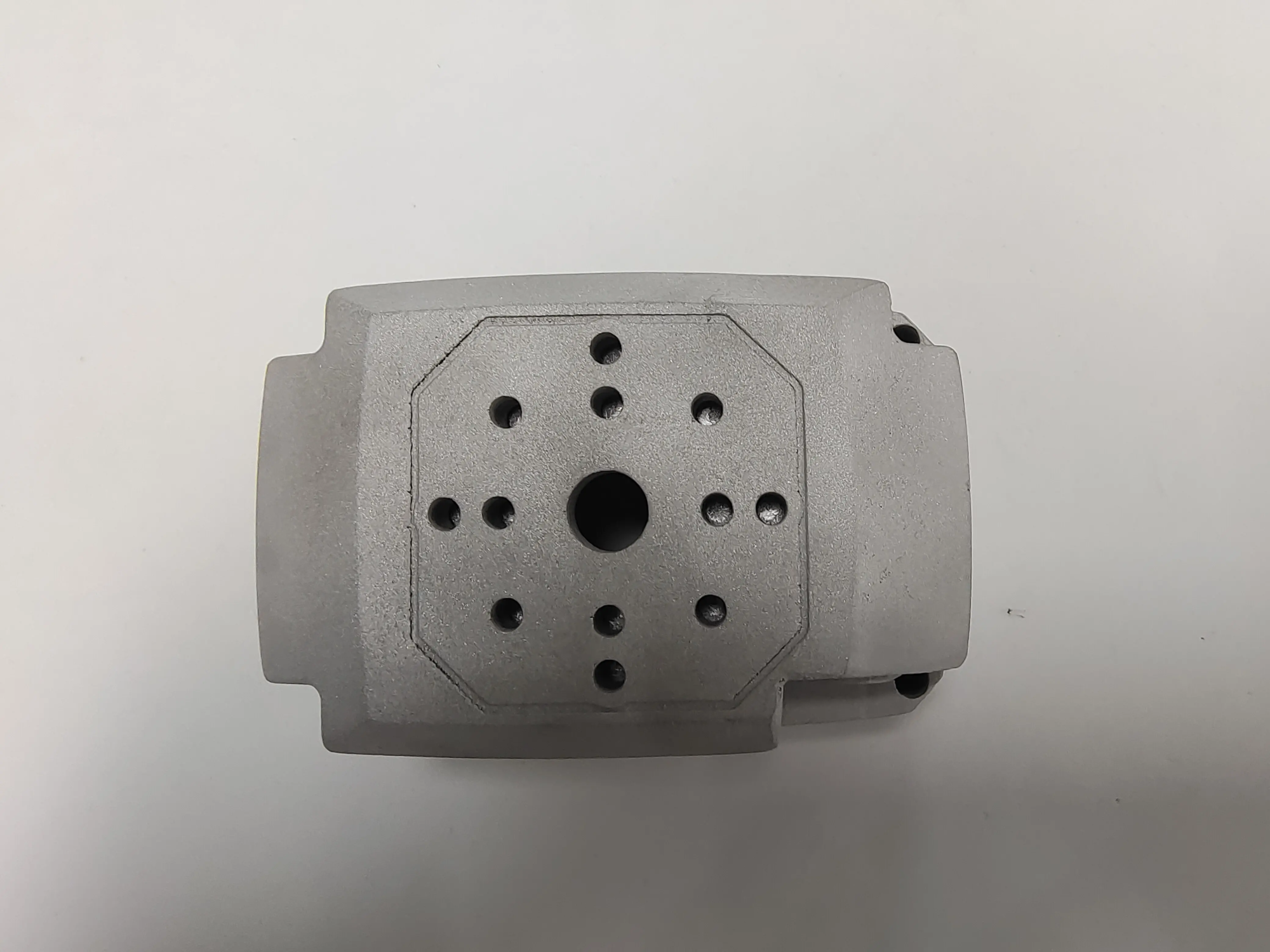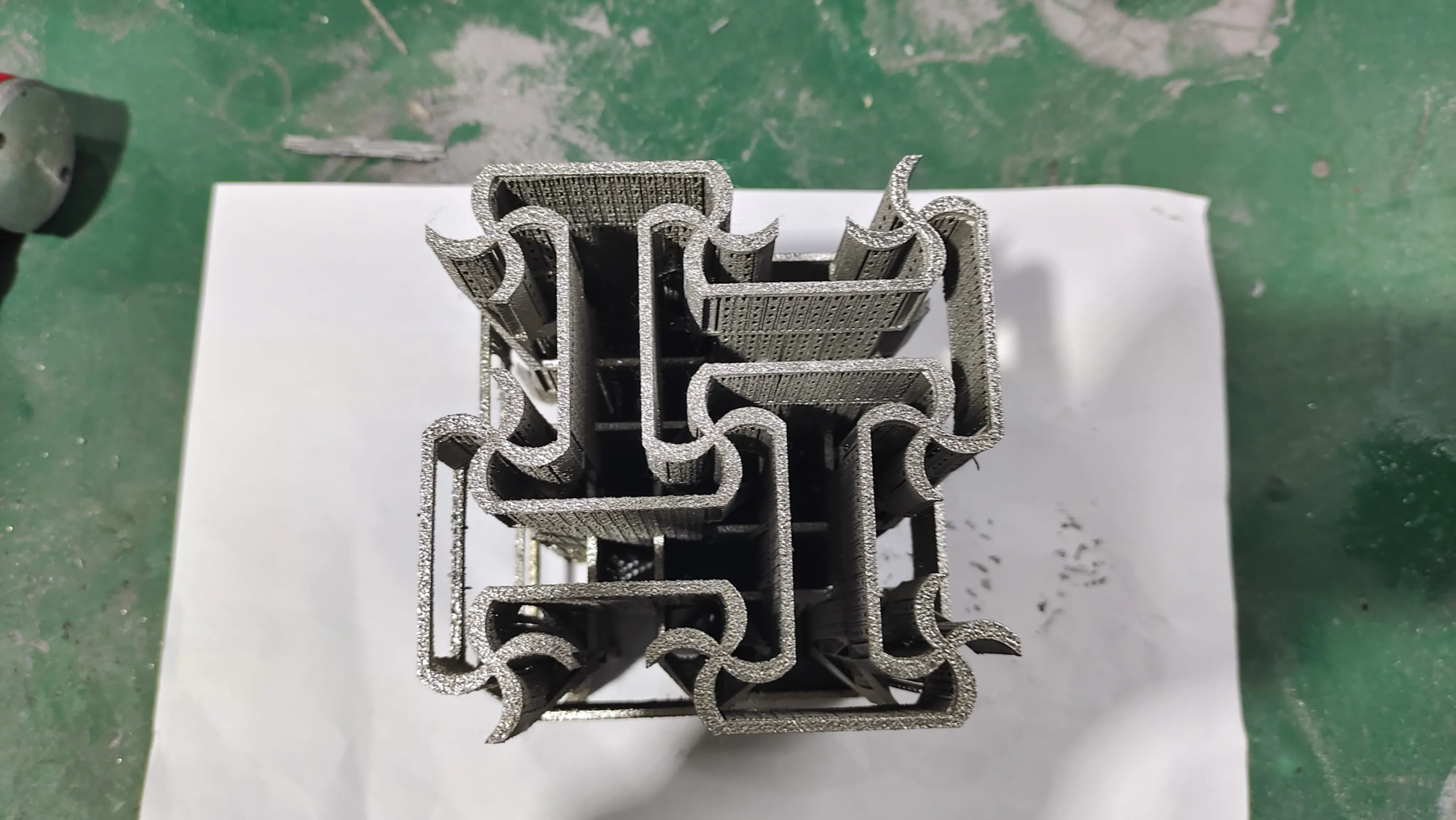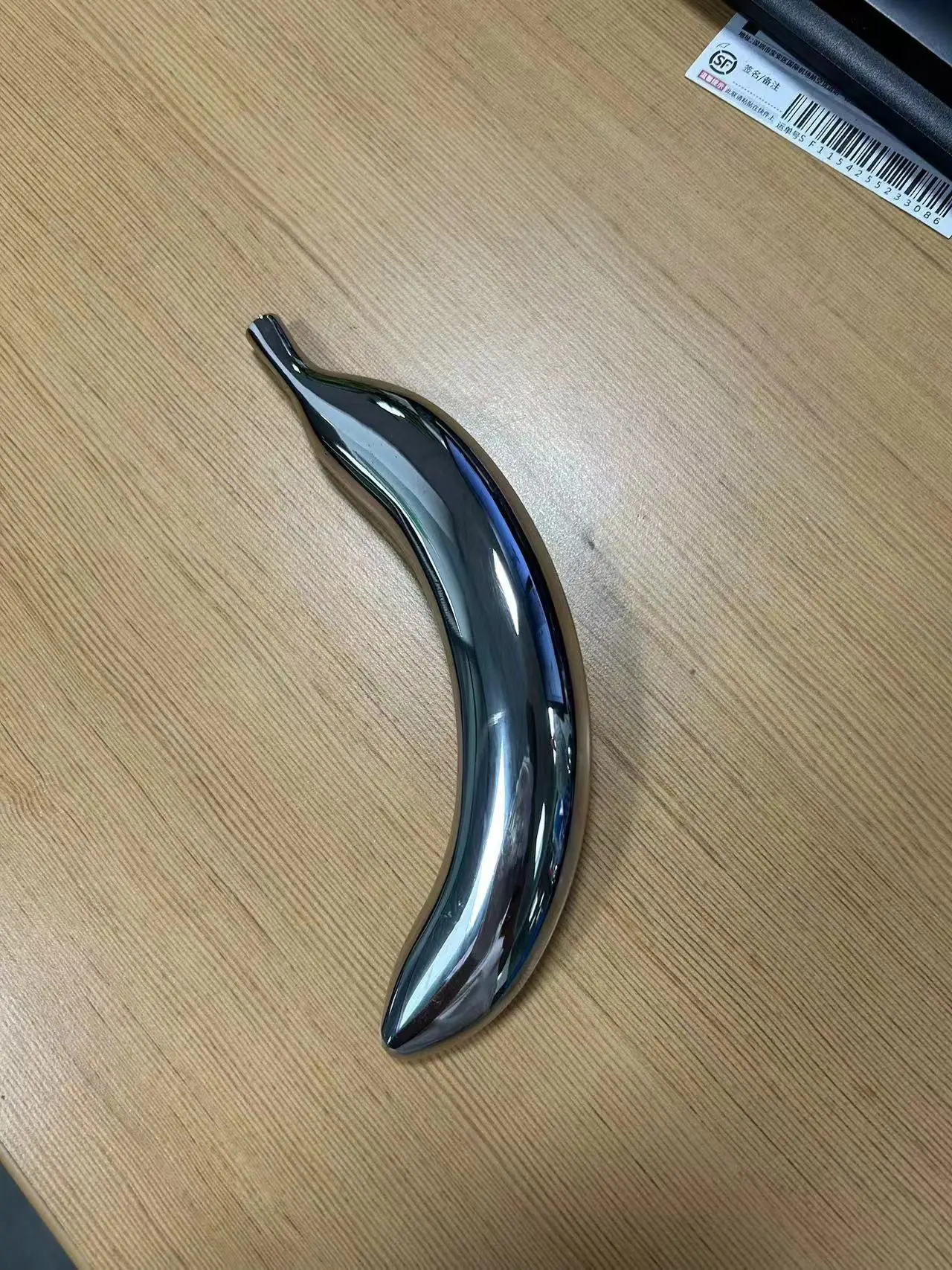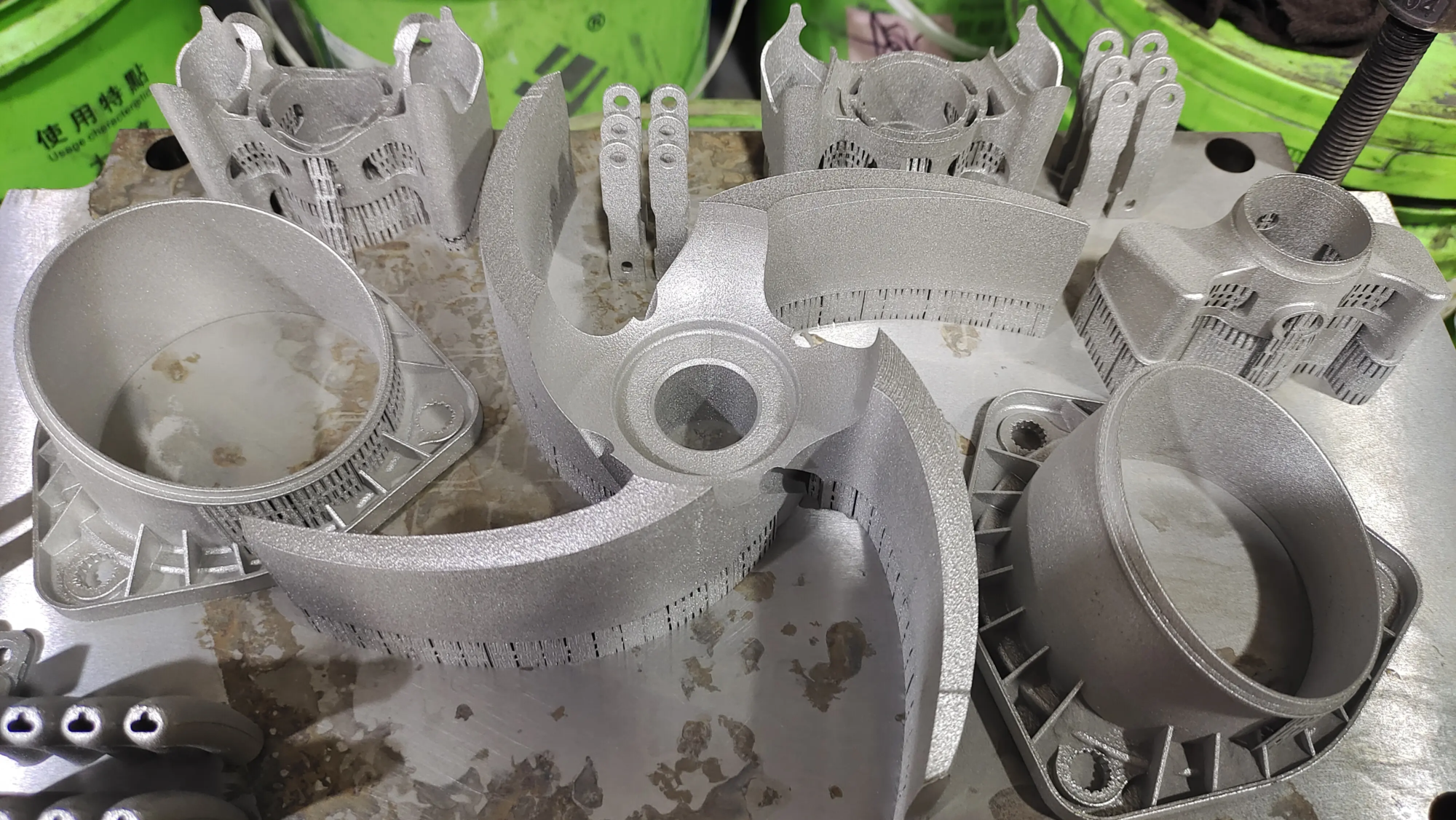The ultimate DIY guide to 3D printing custom Crocs charms: from design to wearable art
Crocs are more than just comfortable shoes, they’re a blank canvas for self-expression. While store-bought Jibbitz™ charms are fun, 3D printing your own charms allows you to unleash your creativity. In this guide, we’ll walk you through the design, printing and finishing of a custom Crocs charm, providing expert tips for achieving the perfect result.
Why 3D print your own charm?
- unique personalization: Turn a joke, favorite animal, or pop culture icon into a wearable piece of art.
- Cost effective: Print dozens of charms at retail package prices.
- Iterate quickly: Test designs in hours, not weeks.
Step 1: Design Essentials – Combination of Geometry and Function
Key specifications:
- Aperture: Standard Crocs hole diameter is 4.7–5.0mm. Make sure your charm’s hooks fit snugly and won’t break. design nails located at 5mm Has a slight taper.
- size limit: The ideal charm size is 15–20 mm width/height to avoid bulkiness.
- Durability: Avoid fragile overhangs (such as thin antennas). Use reinforcing materials such as fillets or ribs.
Software recommendation:
- beginner:Tinkercad – Drag and drop shapes using the simple hole tool.
- advanced: Fusion 360 or Blender – for creating intricate details.
For tips:Export the design as .STL files Optimized for slicing.
Step Two: Material Selection – Balance of Beauty and Strength
Choose materials based on use:
- People’s Liberation Army: Bright colors and easy to print (ideal for decorative charm).
- Peteg: Flexible and UV resistant (high impact charm perfect for kids).
- Resin (SLA): Ultra-fine detail – requires post-cure UV hardening.
Safety precautions: Use skin-safe, non-toxic filaments. Avoid prolonged contact with ABS.
Step 3: Printing techniques to create the perfect pendant
Printer settings:
- Floor height: Smooth surface is 0.1–0.15mm.
- filling: 15–20% (hexagonal pattern).
- support: Suitable for designs with overhang >45°.
- brim/raft: Prevent small prints from deforming.
Common pitfalls:
- Threading: Reduces nozzle temperature and enables retraction.
- weak hook: Print vertically for better layer adhesion.
Step 4: Post-processing – from rough printing to polished stones
- Remove supports: Cut carefully; use flat end mill.
- Sanding: Start with 120 mesh sand and finish with 400 mesh sand to get a smooth base.
- start up: Spray filler primer to hide layer lines.
- painting: Use acrylic paint or enamel paint. For sealing Varnish For waterproofing.
- coating: Food grade epoxy resin for added gloss and durability.
Step 5: Work with a professional for impeccable results
For those who require industrial-grade precision or specialty materials such as flexible TPU or nylon, working with a rapid prototyping expert ensures longevity and polish.
Why choose Gretel?
- industrial SLM 3D printer Metal/Plastic Unparalleled Detail.
- One-stop post-processing: Sand blasted, stained, steam smoothed and sealed.
- Instant quotes and quick turnaround: Upload your design online to get a same-day prototyping quote.
GreatLight specializes in medical/dental grade prototyping, ensuring non-toxic, child-safe finishes, perfect for wearable accessories. Their end-to-end service transforms concepts into resilient, jaw-dropping charm.
in conclusion
3D printed Crocs charms blend creativity and technology, allowing you to design accessories that are as unique as your personality. Whether you’re a DIY enthusiast making charms on a desktop printer or working with pioneers like GreatLight to create aviation-grade nylon charms, this guide can help you revolutionize your footwear game. Start Printing – Enter a world where every charm tells your story.
FAQ
Q1: Will PLA amulets melt in hot weather?
PLA softens at around 60°C. For hot climates, use PETG (85°C) or outsource to GreatLight for weather-resistant nylon.
Question 2: How to secure the ornaments firmly?
After inserting the nail, add a point UV resin or E6000 glue Reserved permanently.
Q3: Can I use metal to make pendants?
Yes! GreatLight’s SLM printers can handle stainless steel, aluminum, and titanium—perfect for producing heirloom-quality pieces.
Q4: Are 3D printed ornaments safe for children?
Use only non-toxic, certified materials. Professionally finished components seal pores and minimize the risk of bacteria.
Q5: What is the cost difference between DIY and professional printing?
DIY charms cost pennies per gram (for example, PLA is $0.20). Outsourcing intricate designs averages $1-5 per charm, but the quality and durability are outstanding.
Q6: How thin can I print the ornament details?
Desktop FDM: 1 mm minimum. Industrial SLA/SLM: 0.25 mm max.
Transform ordinary Crocs into a personal gallery – get creative with a 3D printer, or tap GreatLight’s expertise to create exquisite, production-ready works of art.





